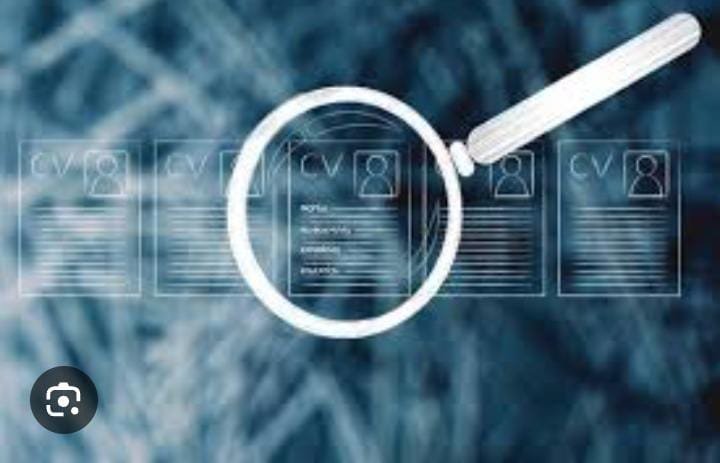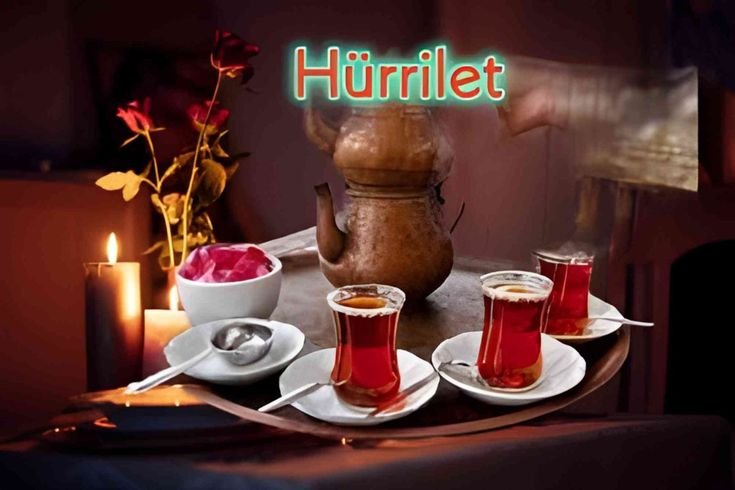Composing an introductory letter for a Art Gallery is a thing that should be finished with much thought. Whether it is for a curatorial position, a situation as an exhibition partner, or a temporary job, here you get to communicate your energy for human expression and your capacity to contribute genuinely to the display. Working in the profoundly serious industry of human expression, it is vital that one figures out how to stick out; an elegantly composed introductory letter might get you that meeting. This article will make you through a stride by-step guide on the most proficient method to compose a connecting with introductory letter for a craftsmanship exhibition utilizing instances of how you might tweak it for explicit displays in London.
Understand the Mission and Style of the Art Gallery
First, do your homework on this gallery before starting to write. Each art gallery has a different mission, aesthetic, and curatorial focus. Some may deal only with contemporary works, and others may have a specific focus on historical pieces or movements of art. Understanding exactly what the gallery values and what type of art they show will offer you a chance to tailor your letter to demonstrate how well you fit into their goals.
This means that if you were applying to Tate Modern, for instance, which deals in the modern and contemporary art, you can make a case of how your liking for avant-garde art fits their curatorial vision. On the other hand, if you are applying to The National Gallery, which is home to traditional Western European paintings, you should highlight expertise in classical art and an interest in its conservation.
Opening Strong: Grasp Their Attention from the Very Beginning
Your opening paragraph should at once be professional and interesting. Introduce yourself, and state the position you are seeking. Avoid triteness such as “I am writing to apply for the role of Gallery Assistant.” Open with a sentence reflecting your interest in either the gallery and / or mission.
I have always admired the ability to challenge a perspective in modern times with its use of art of Tate Modern, and I look forward to applying for the post of a Gallery Assistant where I can bring my passion for modern art and my strong organizational skills to your world-recognized institution.
This is a great introduction because it suggests, directly, the personal interest of an applicant to the distinctive identity of the gallery.
Bring Out Relevant Experience and Skill
This cover letter should not repeat your CV, but rather be used to underline relevant experience and skills that are particularly fitted for the job you apply for. Applicants who have experience working within a gallery, museum, or other cultural institution should highlight this and explain how their skills will be a valuable asset to the gallery.
For instance, if one were applying to The Whitechapel Gallery, inspired by the urgency of supporting emerging artists and enhancing new voices in contemporary art, one could emphasize previous experience working with new artists or organizing exhibitions for underrepresented groups.
Example:
“In my previous capacity as Exhibition Assistant at the Southbank Centre, I coordinated art installations for emerging artists, ensuring their works were presented according to the curatorial vision. The experience has sharpened my ability to manage logistics while collaborating closely with artists and curators-skills I would bring to The Whitechapel Gallery’s commitment to fostering new artistic voices.”
Emphasise Your Passion for Art
Galleries are built on enthusiasm and commitment. An important thing to put in your cover letter is how enthusiastically interested you are in the arts and the art gallery to which you’re applying. Make sure to reveal it: whether it is contemporary art, classical works, or maybe a certain movement that will make it all worth it.
If you’re applying to Saatchi Gallery, which deals with exhibitions of contemporary art, write about how your knowledge of recent developments in the field of contemporary culture corresponds to those exhibitions.
Example:
“I am interested in Saatchi Gallery because my passion for the ever-changing medium that is contemporary art feels especially drawn to it. Having studied everything from avant-garde performance art to installations dealing with alienation in the technology age, I hope to be able to make important contributions to a space that is always challenging the conventions of what it means to express something artistically.”
Relate Your Skills to the Needs of the Gallery
Notice it is not enough just to list your skills; you must explain how they answer the specific needs of the gallery. If a job description calls for someone who can manage exhibitions or liaise with artists, for example, explain how this might be facilitated through your skills in organisation or communication.
If you apply to The Serpentine Galleries, which is dynamic and fast-moving, you can highlight your skills to multitask and deal with pressure.
Example :
“In my position as a Curatorial Assistant in a small, busy gallery, I ran several projects side by side, including communication with artists and the management of the installation process. Being able to work efficiently within tight deadlines and ensuring that everything runs without problems would be priceless in the dynamic environment of The Serpentine.”
What to Avoid in Your Cover Letter
Following are some of the common things to avoid while writing an art gallery cover letter: Never be too generic. Each and every art gallery has something different to showcase, and sending only one type of cover letter will make them believe that you either don’t research or aren’t interested in them.
A second mistake is to make it sound as if you are mainly interested in what the gallery can do for you, rather than vice versa. Galleries are looking for people who will enhance their mission, not people who merely want to use them as some kind of career stepping stone.
Also, do not load your cover letter with jargon or high-sounding academic language. Although you want to demonstrate that you know your stuff, there comes a thin line between professional and obtuse.
Finally, be very careful in proofreading your cover letter. Misspelling or grammatical errors make for a poor first impression, most especially in an attention-to-detail environment.
Close with Confidence and Gratitude
Your final paragraph should be gracious and show enthusiasm. Reinforce your interest in the position and the gallery, stating your eagerness to help their team.
Example:
“I look forward to being able to contribute in any way to The National Gallery’s efforts in preserving and showcasing centuries-spanning art. I would be grateful for an opportunity to discuss how my experience and passion for art could further help achieve the mission of the gallery.”
Conclusion
The cover letter for an art gallery is a perfect balance between passion, professionalism, and research. It should express, focusing on the specific gallery for which one is applying, why a person has the relevant experience for the position and truly demonstrates a passion for the arts. Try to avoid generic writing or just saying that this opportunity is going to be great for you. Let your creativity and meaningful contribution to the gallery shine through in your cover letter. Be it Tate Modern, Saatchi Gallery, or some small, independent space-an awesome cover letter can open the doors to exciting opportunities in the world of art.




